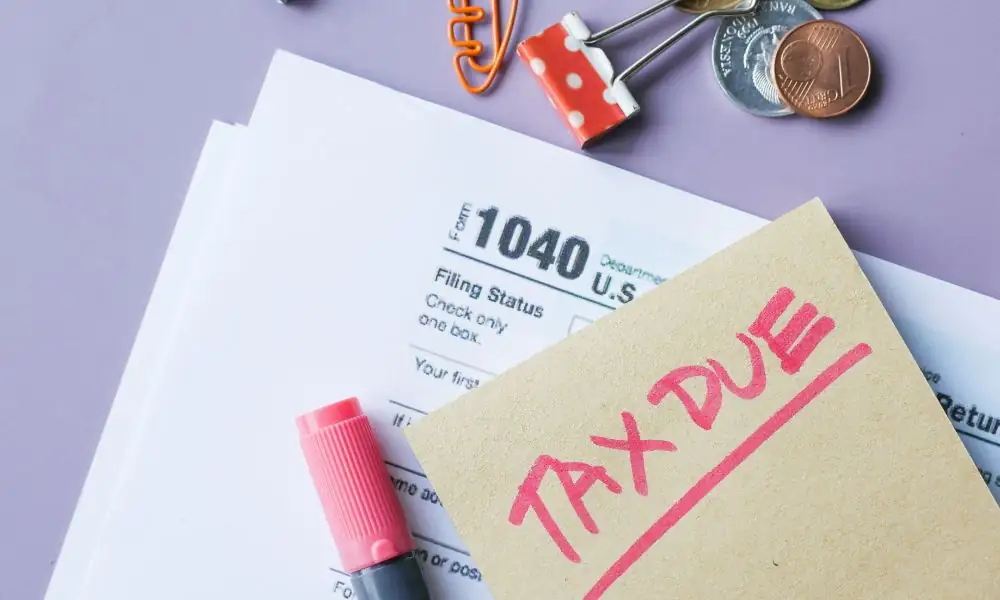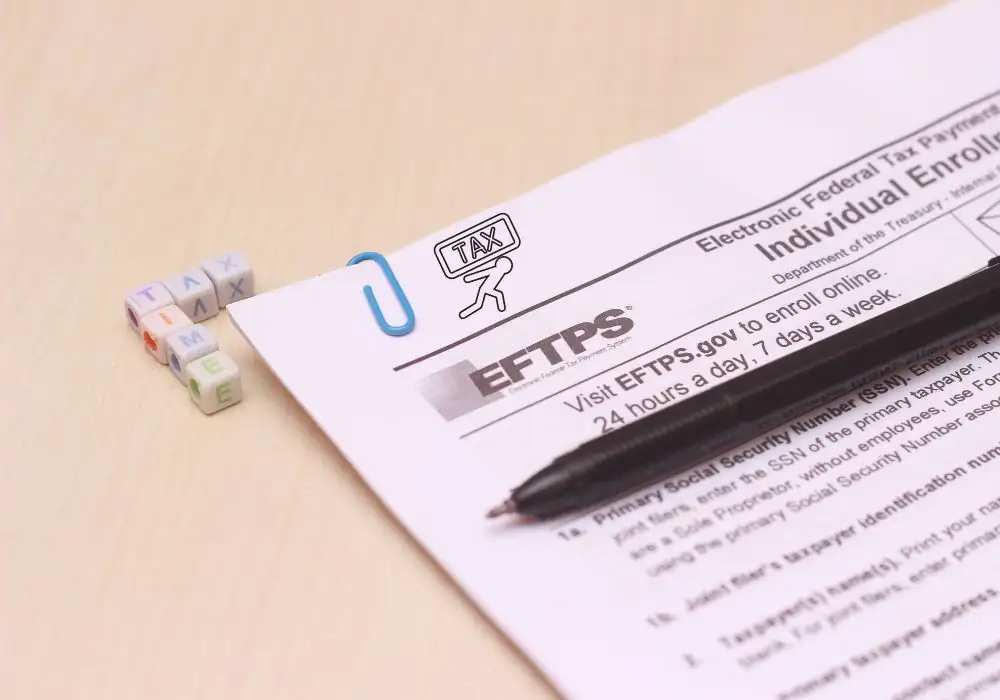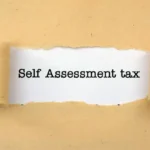- Why Did the IRS Suspend Your Account?
- How to Get Your IRS Account Back: A Step-by-Step Plan
- Step 1: Make Sure It’s Not a Scam
- Step 2: Pick Up the Phone
- Step 3: Verify Your Identity
- Step 4: Tackle Any Tax Problems
- Step 5: Deal with Identity Theft
- Step 6: Keep Checking In
- How to Avoid This Mess in the Future
- Our Story: From Panic to Problem-Solved
- Wrapping it up
You’re sipping your morning coffee, ready to check your tax status on the IRS website, when BAM—a big, scary “Your account has been suspended” pops up. Your stomach drops.
That’s exactly what happened to you, and if it felt like the IRS had personally decided to ruin your day. But here’s the good news: a suspended IRS account isn’t the end of the world.
It’s fixable, and we’ll walk you through every step of how you can get your account back, plus some hard-earned tips to prevent it from happening again.
Why Did the IRS Suspend Your Account?
Your first reaction after seeing the suspension notice might be “What did we do?”. Turns out, the IRS suspends accounts for a few reasons, and it’s not always because you messed up. Here’s what might’ve happened.
- Identity Verification Hiccups: The IRS is like a paranoid bouncer at a club. If they see something fishy, like you logging in from a new phone or a coffee shop Wi-Fi, they might lock your account to keep your info safe.
- Tax Troubles: If you owe money, missed a tax filing, or there’s a mismatch in your return, the IRS might freeze your account until you sort it out.
- Identity Theft Red Flags: If someone’s trying to pull a fast one by filing a fake return in your name, the IRS might suspend your account to protect you. Scary, but they’re looking out for you.
- Tech Glitches: Sometimes, it’s just the IRS website being weird. System updates or random errors can flag your account by mistake.
The key is figuring out why your account’s locked so you can fix it. Let’s get to it.
How to Get Your IRS Account Back: A Step-by-Step Plan
Step 1: Make Sure It’s Not a Scam
So when you get the suspension notice, your first instinct shouldn’t be to freak out and tap every link in sight. Scammers love pretending to be the IRS, sending fake emails or texts about account suspensions to steal your info.
Always go straight to irs.gov and log in (or try to) to see if the notice is real. If it shows up on the official site, you’re dealing with the real deal, and it’s time to take action.
Step 2: Pick Up the Phone
Calling the IRS feels like signing up for torture, but it’s the best way to get answers. Dial 1-800-829-1040 if you’re an individual or 1-800-829-4933 for a business.
Pro tip: call early in the morning, grab a snack, and put your phone on speaker because you might be on hold for a while. We waited 40 minutes once, scrolling through a phone to stay sane.
When you get through, tell them your account’s suspended and ask why. Have your Social Security Number (SSN) or Employer Identification Number (EIN) handy—they’ll need it to pull up your info.
Step 3: Verify Your Identity
In case the IRS locked your account because you failed their identity verification process. They use a service called ID.me to make sure you’re really you. If you didn’t verify when you set up your account or something got flagged (like an old address), your account might be on ice.
Here’s what to do:
- Head to the “Sign In to Your Account” page on irs.gov.
- Follow the ID.me prompts. You’ll need a photo ID (driver’s license, passport, etc.) and maybe a selfie for facial recognition. It sounds high-tech, but it’s straightforward.
- If ID.me doesn’t work, you can verify by phone or mail. The IRS will walk you through it.
You may have to spend about 15 minutes uploading the ID and taking a selfie, and your account will be unlocked the next day. Patience is key here.
Step 4: Tackle Any Tax Problems
If your suspension is because of unpaid taxes or a missed filing, you’ve got some work to do. Check your mail for IRS notices like a CP2000 (income mismatch) or CP59 (you didn’t file a return). Here’s how to handle it:
- Pay off your debt: If you’ve got a balance, go to irs.gov/payments to pay it off or set up a payment plan. If you cannot pay it in full, you can apply for an Installment Agreement, and it will be a lifesaver.
- File Missing Returns: If you skipped a year, file that return ASAP. We used tax software to make it easier, but a tax pro can help if it’s complicated.
- Respond to Notices: If the IRS sent you a letter, don’t ignore it. Follow the instructions, whether it’s sending documents or disputing an error.
IRS can send you a notice regarding an error in your income reporting (If you’ve). So you can file an amended return to fix this issue – it can take around a week to process. So stay on top of it.
Step 5: Deal with Identity Theft
If the IRS thinks someone’s trying to steal your identity, they might lock your account and issue an Identity Protection PIN (IP PIN).
This six-digit code is required to file your taxes. Check irs.gov to see if you have one or apply for it. If identity theft is confirmed, call the IRS’s Identity Theft Victim Assistance line at 1-800-908-4490.
One of our friends had to file an Identity Theft Affidavit (Form 14039) after someone tried to claim his refund. It took months, but the IRS sorted it out.
Step 6: Keep Checking In
Once you’ve taken these steps, your account should be unlocked in a few days to a few weeks, depending on the issue.
Keep an eye on irs.gov and your email for updates. You can also set up two-factor authentication (2FA) on your account to avoid future drama. Oh, and check your credit report for any weird activity, just in case.
How to Avoid This Mess in the Future
Getting your account suspended taught us to be proactive. Here’s what we do now to keep things smooth:
- Keep Your Info Updated: You need to update your address after moving, as it can cause a verification snag. Update your address, phone, and email on irs.gov.
- File on Time: Missing deadlines is a recipe for trouble. Just set calendar reminders to stay on track.
- Lock Down Your Account: Use a strong password and enable 2FA. You can also use a password manager to keep everything secure.
- Watch for Fraud: Check your IRS account and credit reports regularly. You must sign up for an IP PIN for extra peace of mind.
Our Story: From Panic to Problem-Solved
When our IRS account got suspended, we were a mess. We thought we’d done something wrong, but it was just a login from a new device.
After a long call with the IRS and a quick ID.me verification, we were back in business. The whole thing taught us to stay organized and not procrastinate on tax stuff. It’s not fun, but it’s doable.
Wrapping it up
A suspended IRS account feels like a nightmare, but it’s just a bump in the road. By verifying your identity, fixing tax issues, and securing your account, you’ll be back in control in no time. We’ve all had tax headaches—We know we have.
If you’re feeling overwhelmed, take a deep breath, follow these steps, and don’t be afraid to call a tax pro for backup. You’re stronger than an IRS error message, and you’ll get through this.







